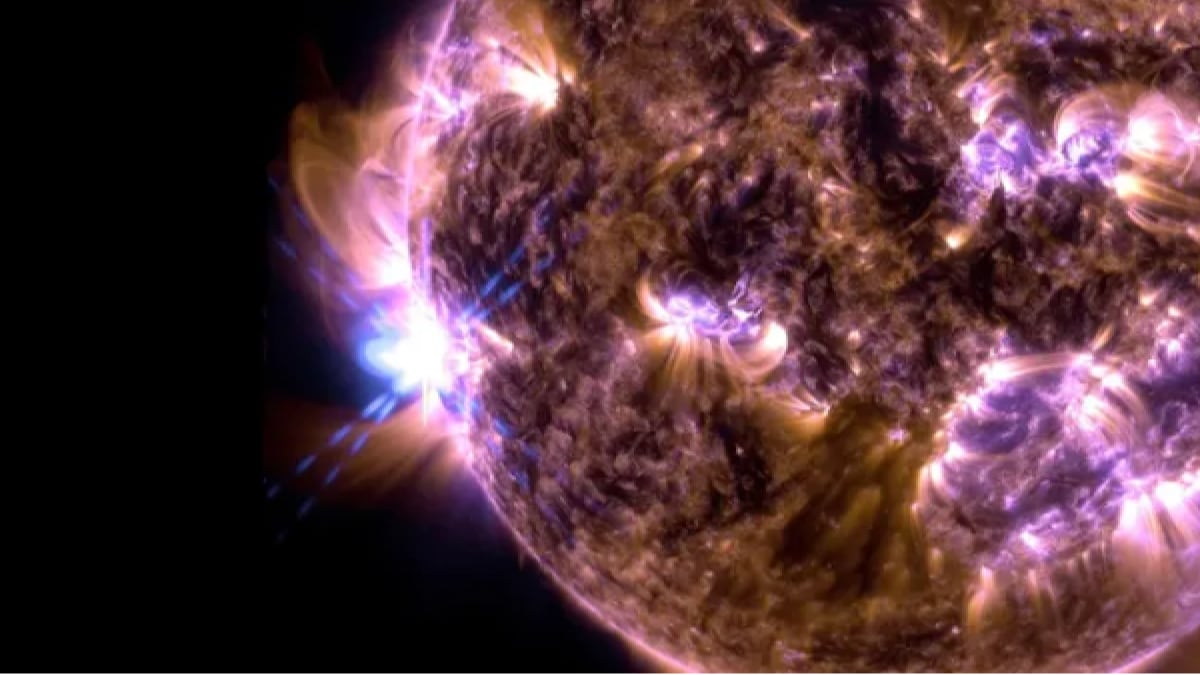For more than a century, Tampa Bay has avoided Florida’s most destructive hurricanes. Now Hurricane Milton may end that streak of luck, as the storm is expected to make landfall just south of Tampa Bay in the early hours of Thursday morning. The low-lying shoreline, still strewn with debris from last month’s Hurricane Helene, is bracing for a storm surge of up to 15 feet.
Tampa Bay’s shallow seabed and built-up coastline make it particularly vulnerable to hurricanes. A 2015 report from disaster modelers Karen Clarke & Co ranked the Tampa–St. Petersburg area as the most vulnerable city to storm surge flooding in the US. Despite multiple reports echoing the area’s vulnerability to storm surges, plans to beef up the area’s defenses have been delayed and in some cases vetoed by Florida governor Ron DeSantis. Now the area will have to face the most dangerous storm in a century with what in many cases are aging storm defenses.
The geography of Tampa Bay makes it particularly ill-equipped to deal with a storm like Hurricane Milton. The shallow coastal shelf and bay’s narrow mouth could combine with hurricane-force winds to send vast quantities of water into a heavily built-up shoreline where half of the population lives less than 10 feet above sea level. As the city boomed during the 20th century, new developments piled up along the shoreline, placing residents close to potential storm surges.
Karen Clarke & Co estimated that the damage of a once-in-100-years hurricane to Tampa Bay could add up to $175 billion—more than almost any other hurricane in US history. A 2019 analysis of the area’s transportation network found that major parts of Tampa Bay’s road system, including one causeway and two bridges crossing the bay, are extremely vulnerable to extreme weather. The report called for enhancing drainage, raising roads, and protecting coastlines.
Despite these vulnerabilities, some projects to defend Tampa Bay against storm surges have been slow to be enacted. Flooding after Hurricane Idalia in 2023 revealed that stormwater pipes were unmaintained, blocked by debris, and not equipped to push out floodwaters effectively, according to reporting in the Tampa Bay Times. In August the Clearwater City Council voted to increase stormwater utility fees to pay for upgrades to the draining system.
But other flood defense projects have been vetoed by DeSantis. A project that would replace 30-year-old stormwater infrastructure in the city of Dunedin in Pinellas County, which sits between the City of Tampa and the Gulf of Mexico, was vetoed for the 2024–25 fiscal year. Other Pinellas County flood defense projects vetoed by DeSantis include plans to install power backups at sewer pumps, purchase emergency generators for fire stations, reroute stormwater, and defend a theater from floodwater.
Projects vetoed in Hillsborough Country, over the bay from Pinellas, include a plan to make a wastewater treatment facility more robust to severe weather events and a project to install 3,500 feet of mangroves and oyster reefs that could help reduce the height and strength of storm surges.
Natural defenses like mangrove forests can reduce the damage from storm surges, slowing and redirecting water as it approaches land, says Siddharth Narayan, a professor and coastal engineer at East Carolina University in North Carolina. Wetlands—which reduce storm surges in a similar way to mangroves—reduced the total damages from Hurricane Ike in 2008 by an estimated $934 million. Salt-marsh wetlands played a similar role during Hurricane Sandy, where they helped prevent $625 million in damages.
The Tampa Bay region has lost around half of its mangrove coverage since the 1940s, although much of the remaining mangroves are protected. There is still a tension between the desire to develop new land and to protect mangroves, says Narayan. “There is constant pressure on them,” he says.
The biggest risk factor is development itself. Tampa is one of the United States’ fastest-growing cities, and the wider Tampa Bay area has added 740,000 new residents since 2010. And as land values go up, so too does the total potential damage from a devastating storm. “It’s important for us to be aware that when we are developing in flood plains, we are facing these specific risks,” says Narayan.
Now there is an extra risk to account for: The possibility of back-to-back disasters. Tampa Bay is still cleaning up after Hurricane Helene, which made landfall 200 miles to the north. Debris from that hurricane may be blocking stormwater drains and hindering evacuation paths even as Tampa Bay residents prepare for a second storm to hit much closer to home.





